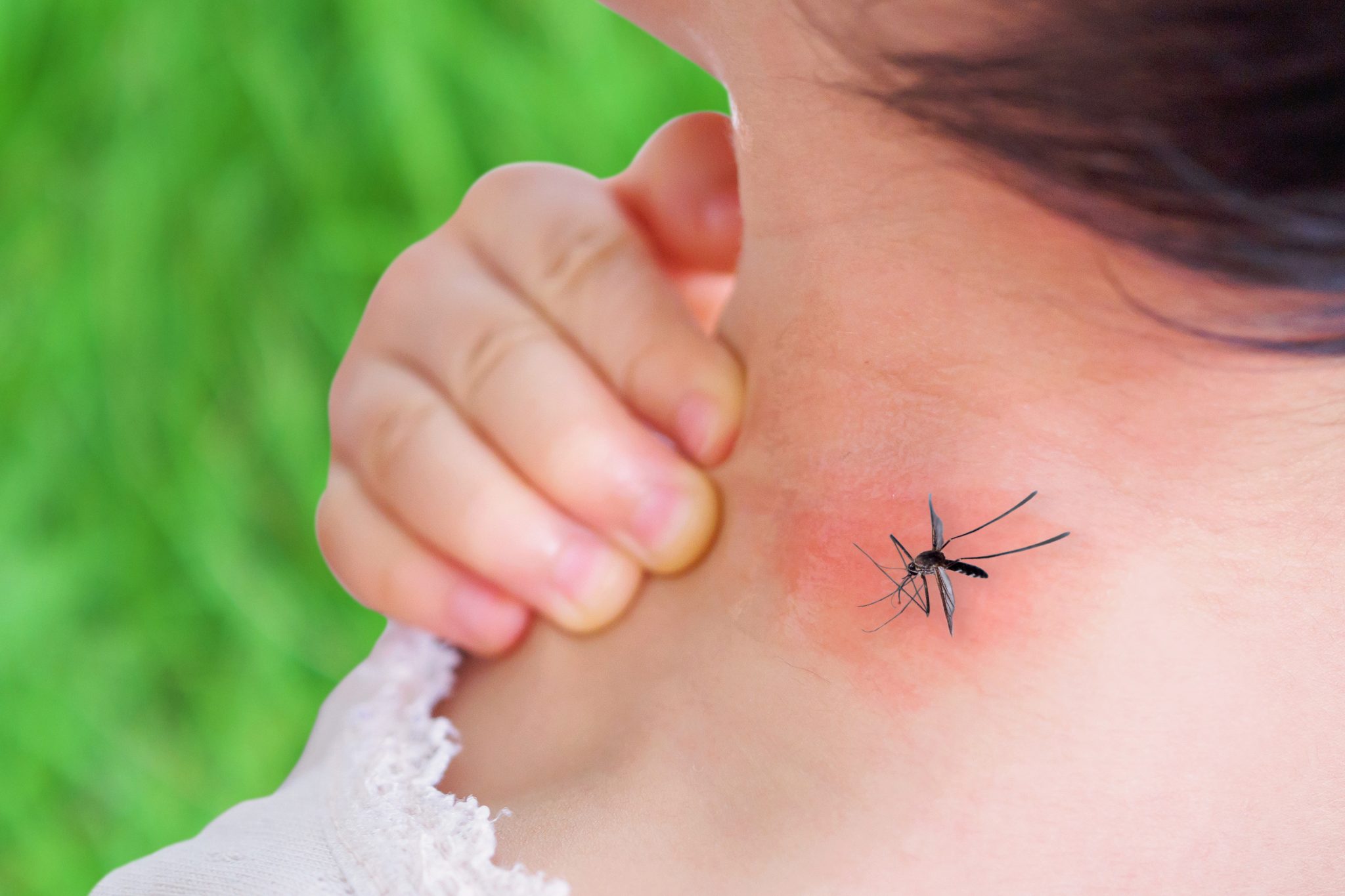 Symptoms of an insect bite result from the injection of venom or other agent into your skin. The venom triggers an allergic (immune) reaction. The severity of the reaction depends on a person’s sensitivity.
Symptoms of an insect bite result from the injection of venom or other agent into your skin. The venom triggers an allergic (immune) reaction. The severity of the reaction depends on a person’s sensitivity.
Most reactions are mild, causing little more than an annoying itching or stinging sensation and mild swelling that disappear within a day or so. A delayed reaction may cause fever, painful joints, hives and swollen glands. You may experience both the immediate and the delayed reactions from the same bite or sting.
A small percentage of people develop severe reactions to insect venom (see below). Bees, wasps, hornets, yellow jackets and fire ants are typically the most troublesome. Mosquitoes, ticks, biting flies and some spiders can also cause problems, but these are generally milder reactions.
For Mild Reactions
- Move to a safe area to prevent further stings.
- Try to remove the stinger by scraping or brushing if off with a firm edge such as a credit card. Swab the site with disinfectant.
- To reduce pain and swelling, apply ice or a cold pack.
- Apply 0.5 or 1 percent hydrocortisone cream, calamine lotion or a baking soda paste to the bite or sting several times daily until your symptoms subside.
- Take an antihistamine such as diphenhydramine (Benadryl, Tylenol Severe Allergy) or chlorpheniramine maleate (Chlor-Trimeton, Teldrin). See the Allergy Medication Table for the ingredients in these over-the-counter medications.
For Severe Reactions
(see Anaphylaxis)
Severe reactions may progress rapidly. If you experience any of these signs or symptoms, ![]() call 911 in the U.S. & Canada. (For other countries, see our First Aid page.)
call 911 in the U.S. & Canada. (For other countries, see our First Aid page.)
- Difficulty breathing
- Swelling of the lips, throat or tongue
- Faintness
- Confusion
- Rapid heartbeat
- Hives
While Waiting For Emergency Transportation
- Lay the person down. If unconscious and breathing, lay the person on the side to allow drainage from the mouth.
- Check to see if the person is carrying an allergy kit containing epinephrine. Follow instructions on the kit. Or they may have an EpiPen, use it quickly as directed on the pen — directions are on the pen itself. Be sure to tell the paramedics that you gave them the epinephrine or you used the EpiPen!
- If not breathing, begin mouth-to-mouth rescue breathing. It is possible that their mouth and throat may be too swollen for this to be effective, try it anyway.
- Check the pulse. If no pulse, begin CPR.

Less severe allergic reactions include nausea, intestinal cramps, diarrhea or swelling larger than 2 inches in diameter at the site. See your health care provider promptly if you experience any of these symptoms.
